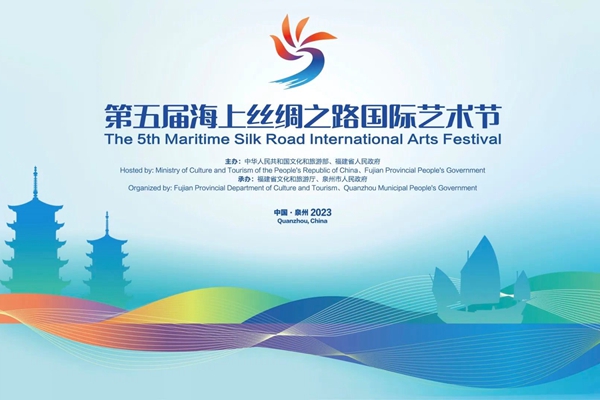Jinjiang

Coastal scenery in Jinjiang, Quanzhou [Photo provided to enquanzhou.com]
Jinjiang is a county-level city on the southeast coast of Fujian province. It has a land area of 649 square kilometers, a sea area of 957 sq km, and coastline length of 122 km. In 1992, the county was set up as a city with 13 towns and six subdistricts under its jurisdiction. It has a permanent population of 2.08 million.
Jinjiang has a history of about 1,300 years. During the Song (960-1279) and Yuan (1271-1368) dynasties, Zayton Port in Jinjiang was known as the "largest port in the east", and was recognized as the starting point of the ancient Maritime Silk Road.
Jinjiang is also a famous hometown of overseas Chinese. The city is the ancestral home of about three million overseas Chinese living around the world.
Jinjiang has obvious advantages in cultural and economic relations with Taiwan. The city is only about 9.82 km from Taiwan's Jinmen county. There are more than one million Taiwan compatriots whose ancestral home is Jinjiang, and cross-Straits marriage is frequent in the city.
Since China's reform and opening-up began in 1978, Jinjiang vigorously developed private economy, brand economy and real economy, and has formed a characteristic development path.
Official data showed that in 2023, Jinjiang's GDP reached 336.35 billion yuan ($46.36 billion), up 6.5 percent year-on year. Its revenue totaled 25.07 billion yuan.
There are seven industrial clusters exceeding 10 billion yuan in Jinjiang at present (including shoes, textiles and clothing, building materials and ceramics, food and beverage, equipment manufacturing, paper products, and new materials), among which the output value of shoes and textiles and clothing both exceeded 100 billion yuan.
In addition to economic development, Jinjiang is comprehensively promoting the construction of internationalization. The city has constantly improving its international supporting facilities such as international schools, medical care and communities.

 5th Maritime Silk Road International Arts Festival
5th Maritime Silk Road International Arts Festival 